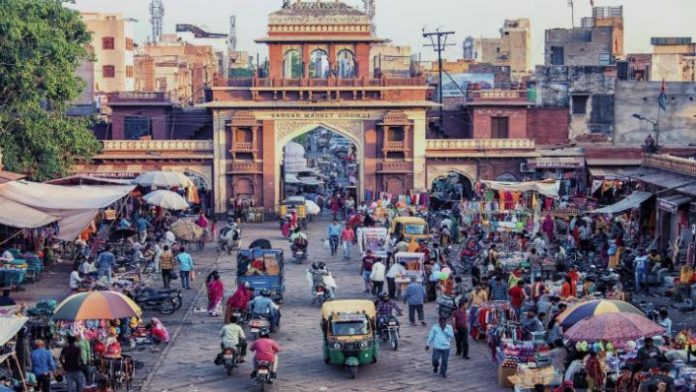In an article in Eurasia Review, Jessie Huang argues that as India becomes a top medical tourism destination, the government must prioritise quality and affordable healthcare, not just for medical tourists, but for all.The article claims that India has profited significantly from its medical travel industry. Seen as a key growth sector for India, the article states it is projected to be worth US$9 billion by 2020 and become 20% of the global market share in 2020.
As a result, the article says that the Government of India has encouraged the growth of the medical tourism industry and corporate hospitals through public policy. The National Health Policy of 2002 actively promoted the growth of medical tourism, while the Ministry of Tourism advertises these holistic healthcare services in support of industry expansion. The medical visa process has also been simplified to allow multiple entries and long-term stay. The introduction of medical e-visas has made the process even easier. In order to gain credibility and avert suspicions associated with quality of care, top hospitals have been certified by international accreditation schemes that enhance visibility and attract more patients.
Huang argues that there is a sharp contrast between the facilities geared towards medical tourists in private hospitals and those in the public hospitals that cater to the average, mostly rural, patients in India. While medical tourism has advertised state of the art cosmetic surgeries and qualified professionals, it has also caused a shortage of healthcare workers and essential supplies in hospitals in rural areas.
She suggests there should be greater government expenditure on healthcare and public health infrastructure which should be allocated efficiently. An effective distribution mechanism would channel the gains from medical tourism towards the public sector healthcare.








 ©2024 All rights reserved LaingBuisson
©2024 All rights reserved LaingBuisson 


